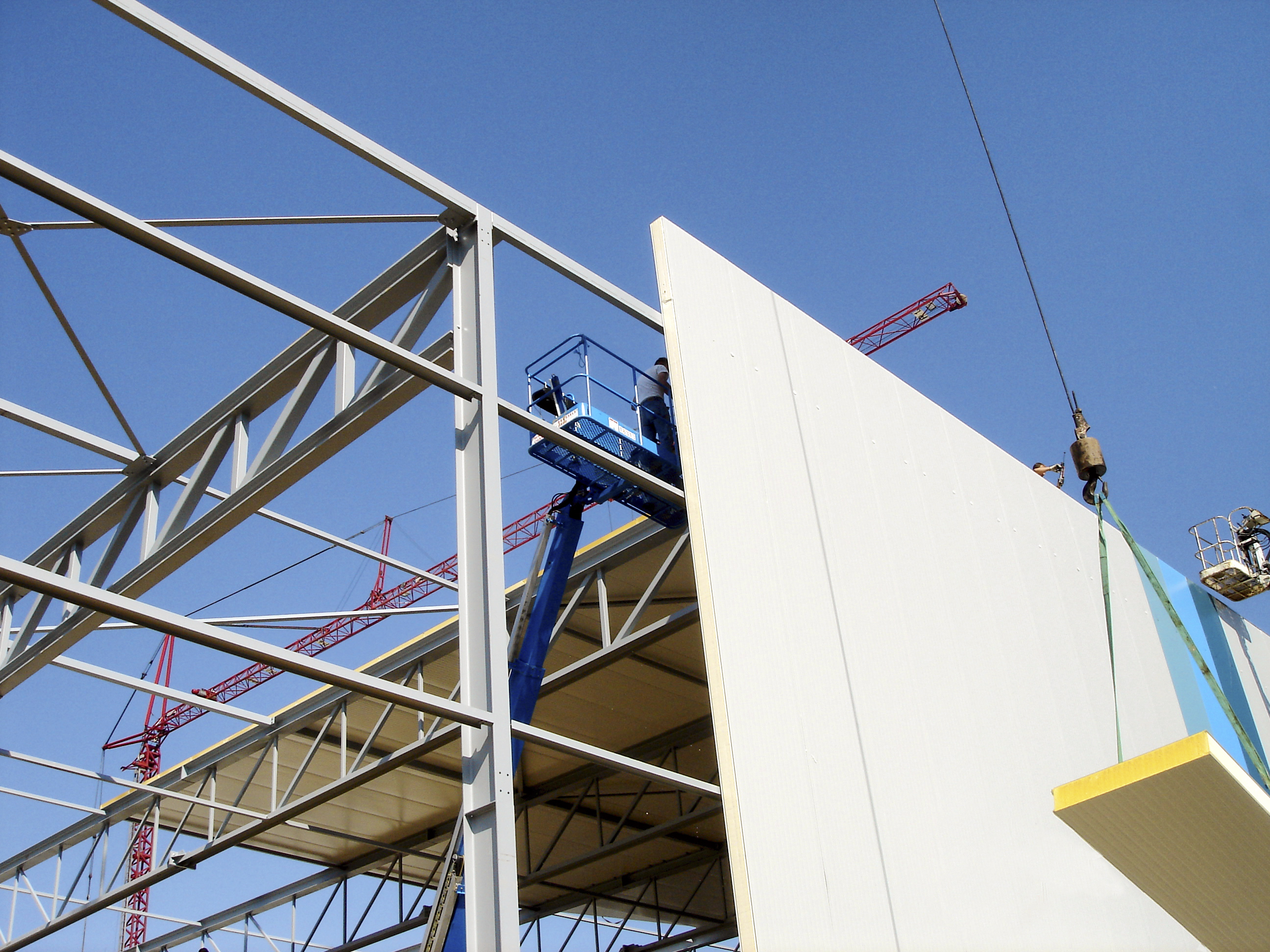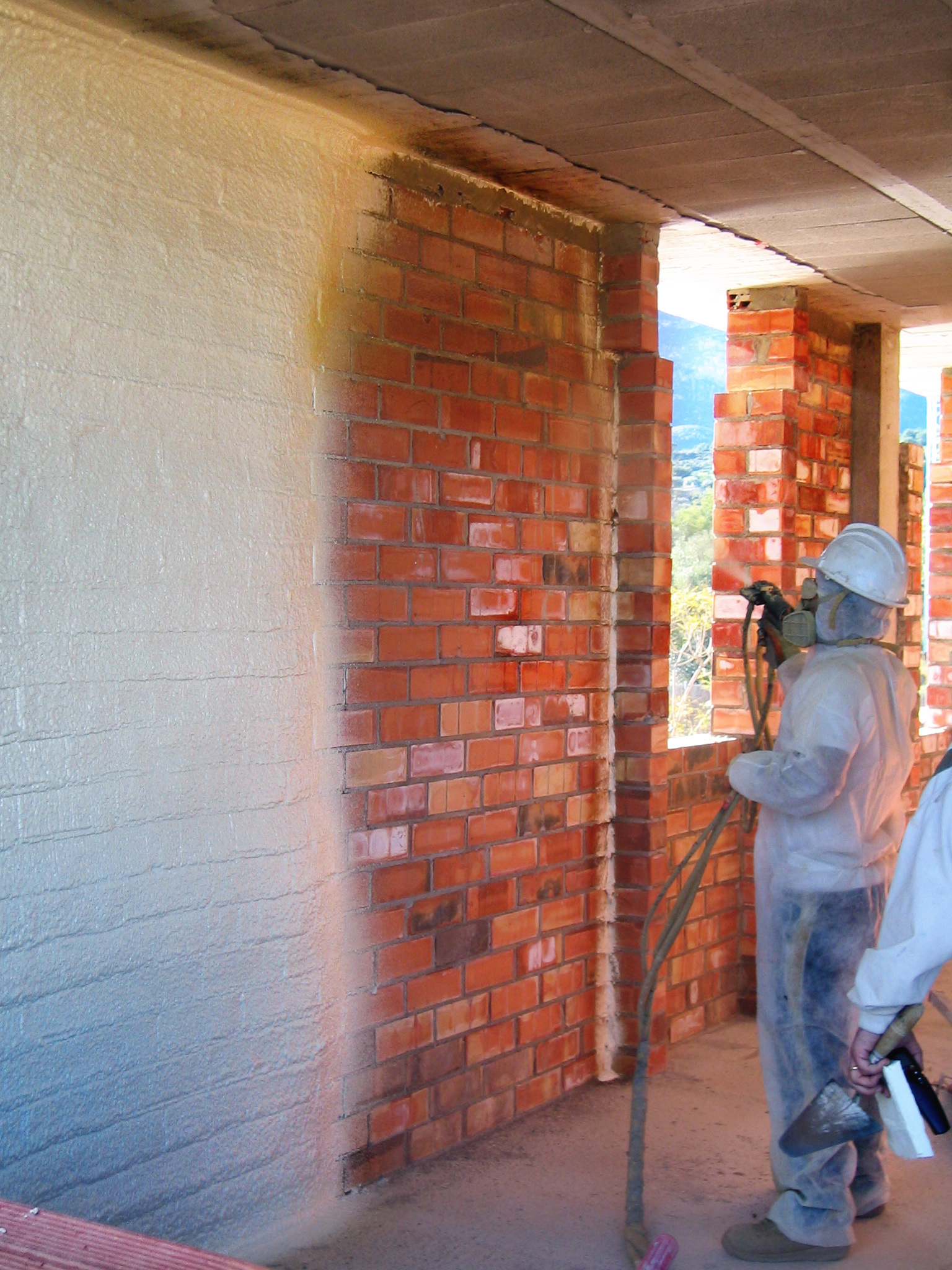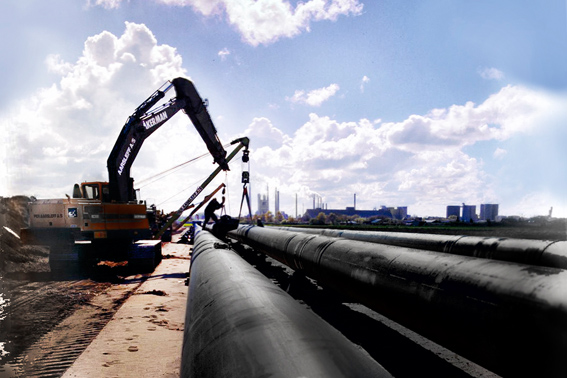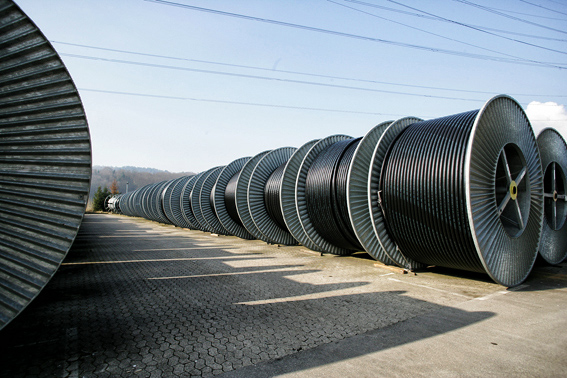PU insulation offers multiple solutions for residential and commercial buildings.
Because it is so versatile, PU insulation is commonly used in a number of different ways:
- Insulation boards
- Insulation block
- Composite panels
- Refrigeration
- Spray insulation
- Pipe insulation
Insulation boards and block
Probably one of the best known applications, PUR/PIR rigid insulation boards can be used for walls, floors or roofs, behind rain screens or under soffits. The boards are usually faced with a wide range of materials, such as paper, cork, bitumen, glass fleece or plasterboard, but are most likely to be faced with aluminium foil.
Block is simply PUR/PIR foam insulation that is manufactured in a continuous block which can be cut to size and shape for specific purposes and can be used for all elements of a construction, including pipe work.
PUR/PIR insulation boards and block can be found in all kinds of buildings, in and on walls, under floors, on flat and pitched roofs. Because it is thin and lightweight, PUR/PIR insulation products are particularly well suited to refurbishment projects as well as to new build.
For more details, click in the images above.

Insulation boards and block in housing:
Wall
Whether you are constructing a timber frame building or a masonry cavity wall, PU insulation makes it easy to achieve the U-values you want with minimal thickness. This helps to keep other construction costs down, such as the depth of timber studs or the length of fasteners needed, and that the best use is made of the available space.
But it isn’t just inside walls that PU insulation plays a part: it is equally at home warming up solid walls, used either internally as insulated plasterboard or externally behind render.
Pitched Roof
Installing PU insulation either between and over or between and under rafters can have multiple benefits. Having insulation both between and either over or under the rafters reduces the risk of cold bridging and, provided a breathable sarking membrane is used, offers the opportunity for a warm, airtight construction.
The between and over method can be used to upgrade the thermal performance where an existing roof is being replaced, whilst the between and under method can be used even where the roof is not being refurbished.
If a warm roof space is not required, PU insulation can be applied between and over the joists. Alternatively, using a PU insulated plasterboard on the ceiling below the joists reduces the thickness of insulation that would be needed between the joists, and also deals with the issue of cold bridging. This solution is particularly useful if ceilings need refurbishing as it provides a smooth finish and thermal performance in one.
Floor
One area that can bring significant benefits in terms of reducing energy consumption, but one that is often overlooked is floor insulation. The rigid construction and high compressive strength of PU insulation works equally well fastened beneath a suspended timber floor or used beneath a solid concrete floor.
Flat Roof
PU flat roof or tapered insulation systems are particularly well suited to flat roof applications. Their high compressive strength and resistance to moisture reduces the risk and effects of ponding and foot traffic, maintaining high levels of thermal performance over time.
Insulation boards and block in commercial buildings:
It isn’t just housing that can benefit from PU insulation: everywhere we look, from hospitals and schools, offices and shops, to convents and sports stadia, it can be found in every type of building providing long lasting thermal performance.
Polyurethane insulation boards are extremely suited for roof insulation of steel deck membrane roofs. The boards are easy to install, dimensionally stable and withstand foot traffic required during installation and for maintenance purposes.
Composite panels
Composite insulated panels, also sometimes called sandwich panels, are made from two metal facings (usually steel or aluminium), with a PUR/PIR insulating core in between. During the manufacturing process the PUR/PIR core expands, auto adhesively bonding and laminating completely to the metal facings, forming a single strong semi-structural unit. These panels are able to provide excellent thermal performance, with guaranteed continuity of insulation and factory engineered airtight joints.
You will find PU composite insulated panel systems used on every type of building, from warehouses, offices, retail outlets and industrial units to flats, schools and hospitals.


PUR/PIR composite panels can also be found in cold stores and other chilled facilities, where their excellent thermal properties can offer temperature controlled environments ranging from -40°C to +40°C.
The demand for frozen and chilled foods is increasing and, whether the application is for food processing, chill or cold storage, there are PU cored composite panel solutions to meet these needs.

Spray insulation
Spray PUR/PIR insulation foam is a cost effective and versatile way to insulate all kinds of areas, including awkward and hard to reach spaces. For example, it is often used to seal a roof space, providing insulation, draught proofing, weather proofing and sometimes structural stability in one. By creating a warm roof space it also helps to prevent condensation. Because the product is sprayed on, it gives a continuous layer of insulating foam which bonds onto any type of surface. It can form itself to any shape or profile of surface, so it is a very practical way of insulating all types of buildings.
Pipe insulation
Significant energy savings can be made through the proper insulation of pipes.
Some traditional pipe insulation materials can only be supplied in a single layer up to a limited maximum thickness, so there could be additional hidden labour time and costs in applying further layers. PUR pipe insulation can be installed as a single layer, significantly reducing labour costs and time. Because of its very low thermal conductivity it can also be up to 50 % thinner than other commonly used pipe insulants, making it much easier to install in confined spaces.



